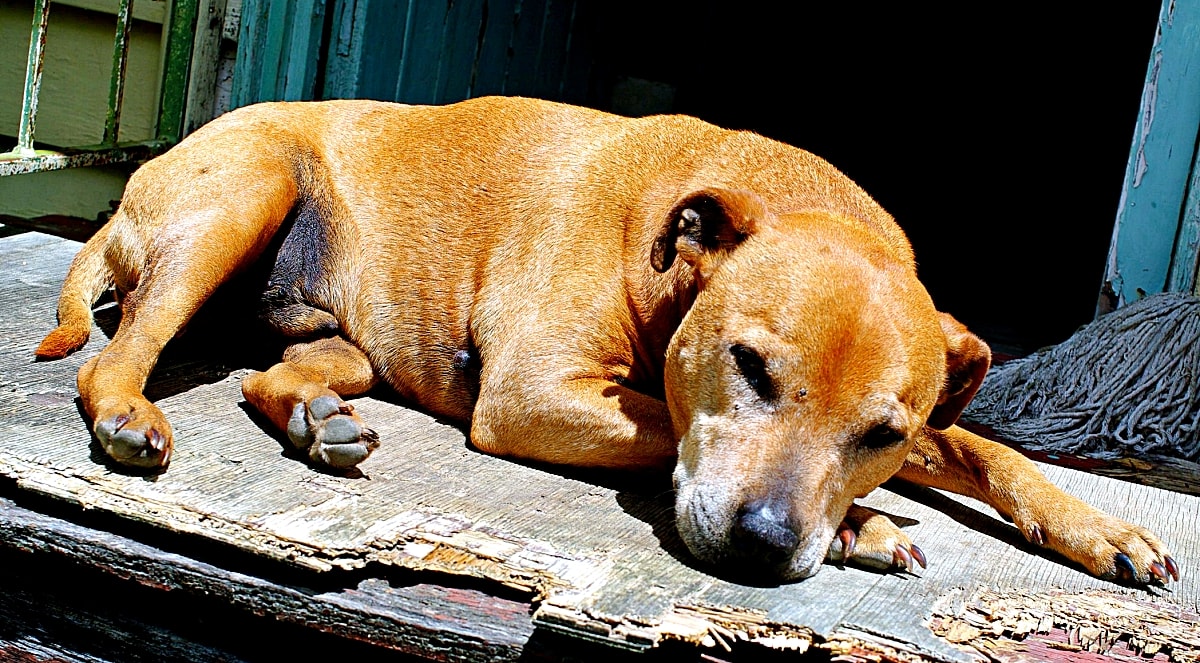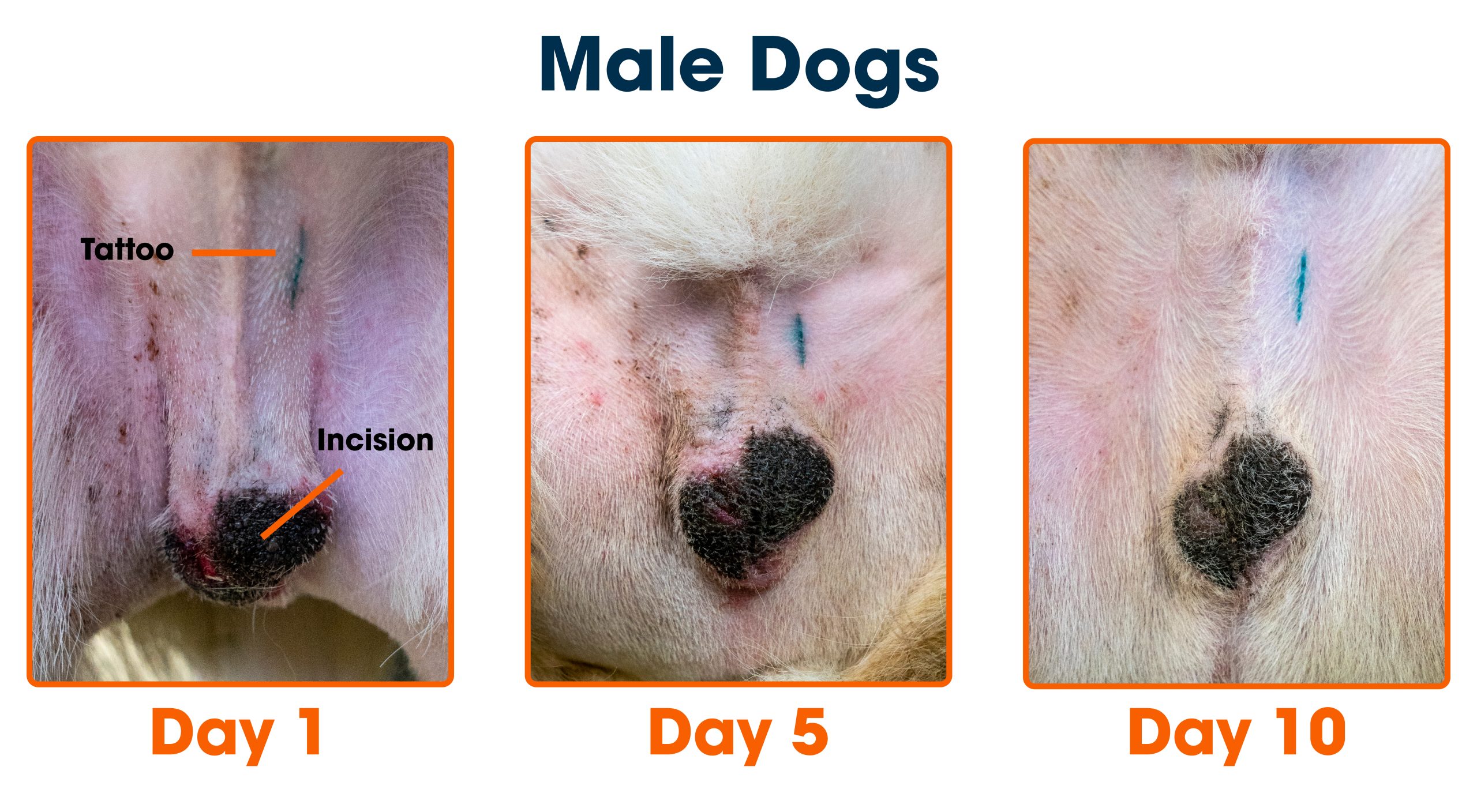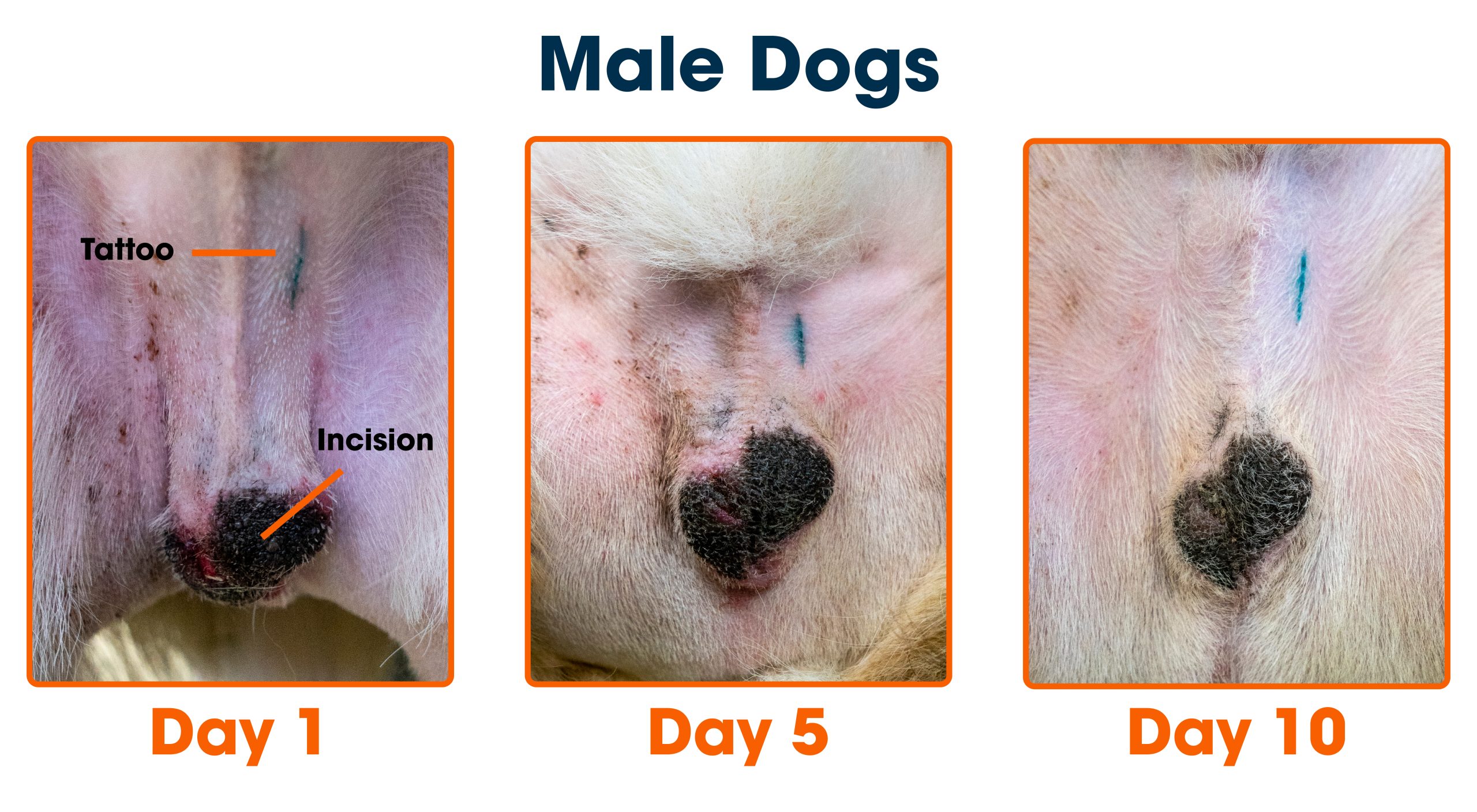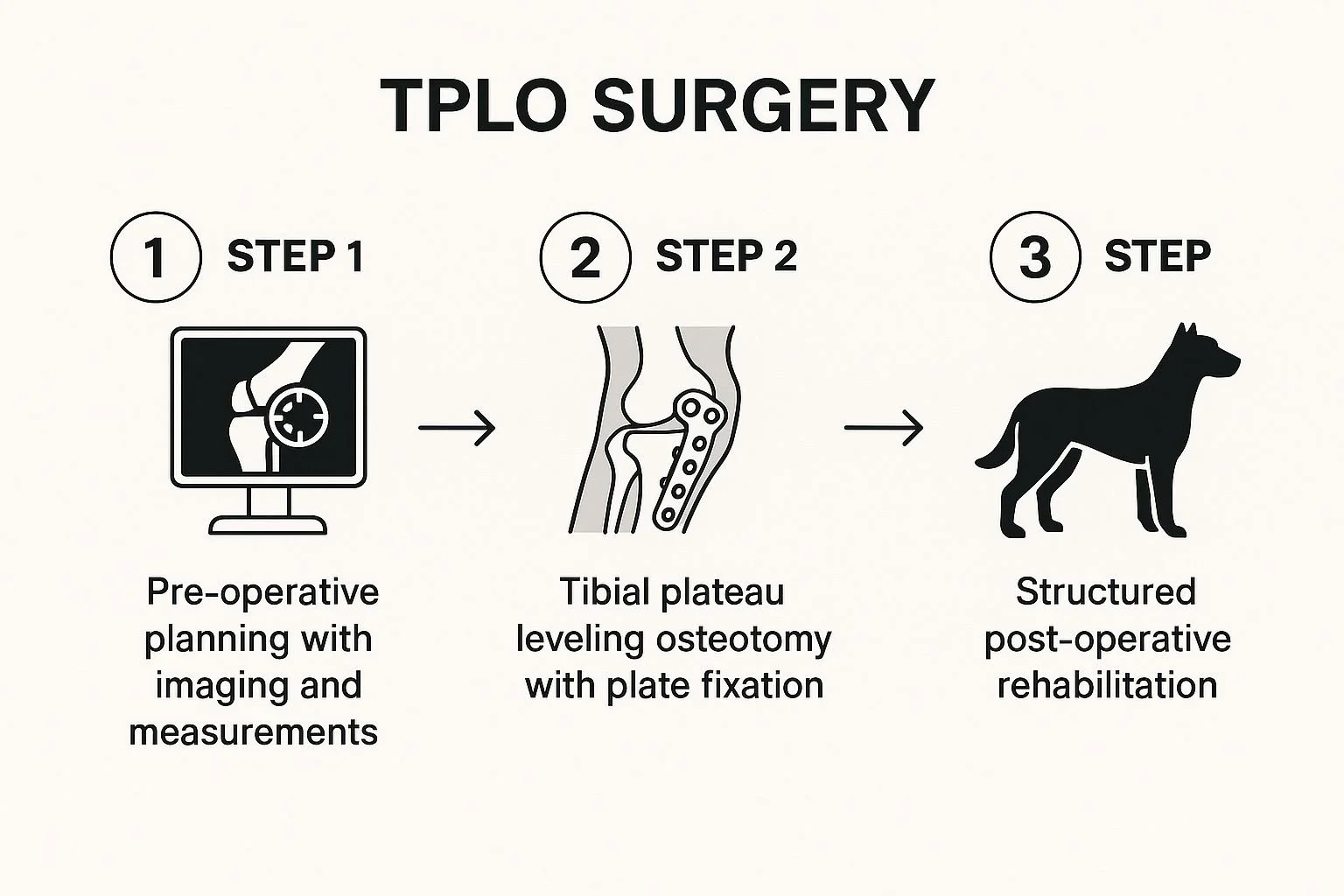Facing the decision to say goodbye to your beloved dog is one of the hardest moments you may ever experience. You might be wondering, “How do vets put dogs down?” Understanding the process can help ease your fears and prepare you emotionally.
This article will gently explain what happens during euthanasia, so you know exactly what to expect. By learning about the steps involved, you can feel more confident that your dog’s final moments will be peaceful and painless. Keep reading to find out everything you need to know to support your furry friend with love and care.
Reasons For Euthanasia
Deciding to put a dog down is one of the toughest choices a pet owner can face. Understanding the reasons behind euthanasia can help you prepare emotionally and make informed decisions. Here’s a closer look at the common situations that lead vets and owners to consider this option.
Chronic Illness And Pain
Chronic illnesses like cancer, kidney failure, or severe arthritis can cause ongoing pain and discomfort for your dog. If treatment no longer improves their condition or causes more suffering, euthanasia might be the kindest choice. Think about your dog’s daily experience—are they struggling to get up or showing signs of constant pain?
You want to avoid a situation where your dog’s pain outweighs the joy in their life. Have you noticed changes in their behavior, such as hiding or refusing to eat? These could be signs that their illness is taking a heavy toll.
Severe Injury
Accidents happen, and sometimes injuries are so severe that recovery is impossible or would cause prolonged suffering. Broken bones, spinal damage, or trauma that leaves a dog unable to move or feel can lead to euthanasia decisions. Your vet will assess whether surgery or treatment can restore any quality of life.
If you’ve ever faced a crisis with your pet, you know how heartbreaking it is to see them in pain with no clear path to healing. Ask yourself: would your dog be able to enjoy life after treatment, or would they face endless hospital visits and discomfort?
Quality Of Life Considerations
Quality of life is a key factor in deciding when euthanasia is appropriate. It’s about more than just physical health—it includes your dog’s happiness, energy levels, appetite, and willingness to interact. A dog that no longer enjoys walks, playtime, or even simple affection may be suffering in ways that aren’t always visible.
Veterinarians often use quality of life scales to help you evaluate your pet’s condition objectively. What would your dog’s daily life look like if their suffering continued? Reflecting on this question can guide you toward the most compassionate decision.

Credit: pethelpful.com
Preparing For The Procedure
Preparing for the procedure of putting a dog down is a deeply personal and challenging time. It involves more than just the medical aspects; it’s about ensuring comfort, understanding, and peace for both your pet and yourself. Taking thoughtful steps before the procedure can help ease the emotional and practical burdens you might face.
Consulting With The Veterinarian
Having an honest conversation with your veterinarian is essential. Ask detailed questions about what will happen during the procedure and what you can expect before, during, and after. Understanding the process clearly can reduce anxiety and help you make informed decisions.
Your vet can also provide guidance on timing and any signs that indicate it’s the right moment. Don’t hesitate to discuss your dog’s quality of life openly. This dialogue ensures you’re aligned with your vet’s approach and can prepare emotionally for what’s ahead.
Emotional Support For Owners
Facing this moment alone can be overwhelming. Reach out to friends, family, or support groups who understand what you’re going through. Sharing your feelings can lighten the emotional load and provide comfort during this difficult time.
Consider bringing a close companion with you to the appointment for added support. Some vets also offer counseling or can recommend professionals who specialize in pet loss. Remember, your feelings are valid, and seeking help is a sign of strength, not weakness.
Setting The Environment
Creating a calm and familiar environment can help your dog feel safe. Choose a quiet space where your pet feels comfortable, whether it’s a favorite room or a peaceful outdoor area. Familiar scents and soft lighting can soothe your dog and reduce stress.
You might want to bring along your dog’s favorite blanket or toy. Small gestures like these can make a significant difference in how your dog experiences the procedure. Think about what has comforted your pet in the past and try to include those elements.
Common Euthanasia Methods
Understanding how vets put dogs down can help ease the anxiety around this difficult decision. Common euthanasia methods focus on minimizing pain and distress, ensuring your dog’s passing is peaceful. Let’s look at the most widely used approaches and what you can expect during the process.
Intravenous Injection
The most common method vets use is an intravenous injection. A special euthanasia solution is injected directly into a vein, usually in the front leg. This method works quickly, causing your dog to lose consciousness almost immediately, followed by a painless and peaceful passing.
Many pet owners find comfort knowing their dog feels no pain. Have you ever wondered why vets choose this method over others? The answer lies in its effectiveness and the ability to monitor your dog’s comfort throughout the process.
Sedation Prior To Injection
Before the euthanasia injection, vets often administer a sedative. This helps calm your dog, reducing anxiety and any discomfort. Sedation makes the experience less stressful for both the dog and you, allowing for a more gentle goodbye.
When my own dog was euthanized, the vet gave a sedative first, and I noticed how peaceful she became even before the final injection. This step can make a huge difference in how you and your dog experience those last moments together.
Alternative Methods
While intravenous injection is the standard, some vets may use alternative methods depending on the situation. These include intraperitoneal injections or inhalant anesthetics, often used when veins are difficult to access.
- Intraperitoneal injection involves delivering the euthanasia drug into the abdominal cavity.
- Inhalant anesthetics can gently induce unconsciousness before the euthanasia solution is administered.
Have you considered how these alternatives might be necessary for older or very small dogs? Understanding these options can help you feel more prepared and informed when discussing euthanasia with your vet.
What Dogs Experience
Facing the decision to euthanize a beloved dog is heart-wrenching. Understanding what your dog experiences during this process can bring some comfort. Many pet owners worry about their dog’s awareness and comfort, and knowing the facts can help ease those fears.
Calming Effects Of Sedation
Before the final injection, your vet usually gives your dog a sedative. This helps your dog relax deeply and feel calm, similar to falling into a peaceful sleep.
Imagine your dog’s body and mind slowing down gently, without any anxiety or pain. This sedation reduces any fear or stress, making the experience much easier for your pet.
Painless Transition
Once your dog is calm and relaxed, the vet administers the euthanasia drug. This medication works quickly to stop the heart without causing any pain or discomfort.
Your dog doesn’t feel any sharp sensations or distress. The process is designed to be as gentle as possible, allowing your dog to slip away quietly and painlessly.
Signs Of Peaceful Passing
During euthanasia, you might notice your dog’s breathing slowing down and their body relaxing completely. Their eyes may close softly, and muscles will loosen.
These signs show your dog is at peace. Recognizing this can help you be present and comfort your dog during their final moments.
Aftercare Options
After a dog is peacefully put down, many owners wonder about the best way to care for their pet’s remains. Choosing aftercare options helps honor their memory and brings comfort during a difficult time. Various choices exist to suit different needs and beliefs.
Cremation Services
Cremation is a common aftercare option for pets. It offers a way to keep your dog’s ashes close. Many vets work with pet crematories that provide either communal or private cremation. Private cremation returns only your pet’s ashes, while communal cremation mixes ashes from multiple animals.
You can ask for the ashes in an urn or scatter them in a meaningful place. Some pet owners also choose to create keepsakes from the ashes, like jewelry or art.
Burial Choices
Burial is a traditional way to say goodbye. You can bury your dog in a pet cemetery or on private land if local laws allow it. Pet cemeteries often offer grave markers and maintenance services. Choosing a burial spot lets you visit and remember your dog in a special place.
Consider a biodegradable casket or shroud to honor your dog naturally. This method supports the earth and provides a peaceful resting place.
Memorializing Your Pet
Creating a memorial helps keep your dog’s spirit alive. Many people plant a tree or flowers at the burial or scattering site. Photo albums, paw print keepsakes, and personalized plaques also provide comfort.
Sharing stories and memories with friends or support groups can ease grief. A memorial can be a daily reminder of the joy your dog brought to your life.
Credit: www.tiktok.com
Supporting Grieving Owners
Supporting owners through the loss of a dog is as important as the care given to the pet. Grieving owners need comfort and guidance to navigate this painful time. Vets often offer resources to help owners cope with their feelings and find peace.
Counseling Resources
Professional counseling helps owners express their grief and sadness. Therapists trained in pet loss understand the unique bond between pets and owners. Many clinics provide referrals to counselors who specialize in pet bereavement. Talking to someone can ease the heavy emotions and prevent feelings of isolation.
Support Groups
Support groups connect owners who have lost pets. Sharing stories and experiences builds a sense of community. Group members often find comfort in knowing others face similar pain. These groups meet in person or online, making support accessible to many.
Healing Through Remembrance
Creating memorials helps owners honor their pets’ memories. Simple acts like planting a tree or making a photo album keep the pet’s spirit alive. Some owners write letters or hold small ceremonies. These rituals offer a way to say goodbye and begin healing.

Credit: pethelpful.com
Frequently Asked Questions
How Do Vets Humanely Euthanize Dogs?
Vets use a two-step process involving sedation followed by an injection of a euthanasia solution. This method ensures a peaceful and painless passing for dogs, minimizing stress for both pets and owners.
What Medications Are Used To Put Dogs Down?
Veterinarians typically use a barbiturate called sodium pentobarbital. It acts quickly to stop the heart and brain activity, providing a painless and humane death for the dog.
Can Dog Euthanasia Be Done At Home?
Yes, many vets offer at-home euthanasia services. This option provides comfort and familiarity for the dog, reducing anxiety during the process, and allowing owners to say goodbye in a peaceful environment.
How Long Does The Euthanasia Process Take?
The entire process usually takes only a few minutes. Sedation is first administered, followed by the euthanasia injection, leading to a quick, painless, and peaceful passing for the dog.
Conclusion
Euthanasia helps end a dog’s pain and suffering gently. Vets use medicine that makes dogs sleep peacefully. The process is quick and calm to avoid stress. Many pet owners find comfort in knowing their dog rests without pain. Understanding how vets put dogs down eases hard decisions.
It shows the care vets give to pets in their last moments. Saying goodbye is never easy, but kindness matters most.







